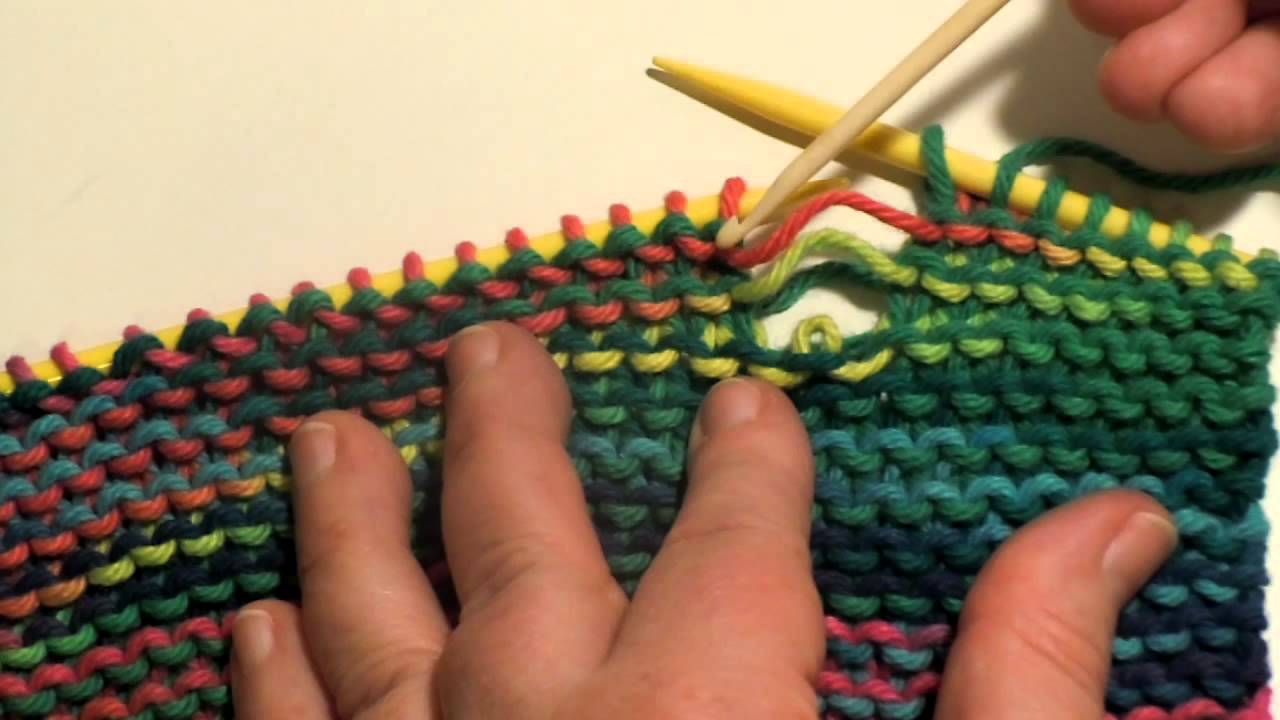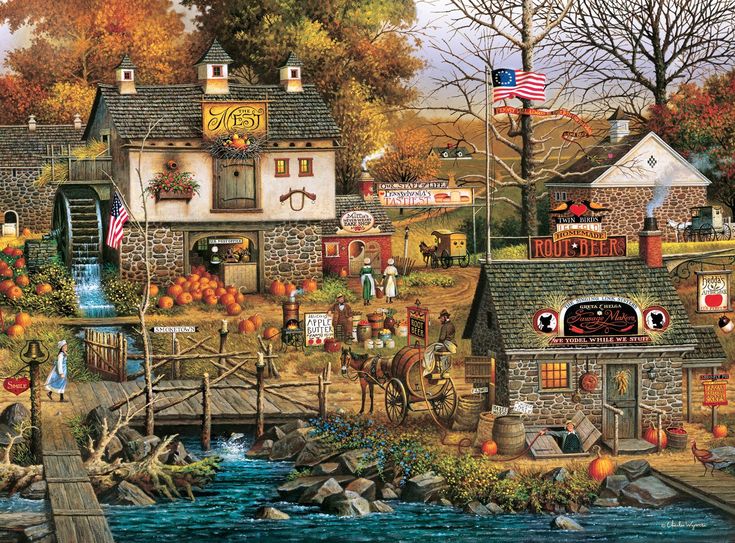
When knitting on circular needles, it can be difficult to keep track of your stitches. Stitchers can help make this easier. These markers can be tied to the needle and are easy to slip without having to knit on them. Stitchers can be used to help you identify which round you are on and prevent you from making the same mistake twice.
Materials to use for knitting on circular needles
When knitting with circular needles, there are many materials available. There are many options when it comes to needle tips. You can choose from bamboo, plastic, or wood. Although they can vary in price, shape and durability, they all have the same properties. Plastic needles can be more affordable than bamboo and metal. Bamboo needles are great for beginners. Wooden ones are better for those who work quickly.
The size of your needles is also important. If your project calls for thick yarn, then you need to use larger needles. You can find larger needles in odd sizes, such as 12, 14, 16 and 17 US needle sizes. If you use a smaller needle, you should use a thinner yarn.

Sizes for fixed circular needles
There are many different sizes available for knitting. The length of each needle depends on how long it will be when complete. Most needles have a length of 16 to 48 inches. The cable can be cut to different lengths. While the most common length for a cable is 40 cm there are other options.
US 4 is most commonly used for fixed circular needles. But, this is not the only size for which you should buy. Some sets are interchangeable and allow you to alter the size of each circular needle.
Easy to use than metal ones
Circular needles are a great choice if you want a needle that is comfortable to hold. These needles are made of lightweight bamboo that is sourced from Japan. The bamboo's surface is smooth and even tapered. Additionally, the wire that connects the tips to the stem is flexible. They measure 16 inches from tip to point, making them easy to use and easy on the hands. They're also long enough to pick up stitches well and have enough friction to prevent them from sliding off. They are a great choice for knitters who want a more comfortable experience while knitting.
This brand is a favorite among knitters. The family-owned business makes durable and simple-to-use circles. The nylon-coated steel cords resist kinking. A seamless joint prevents the stitches from getting caught in a needle.

Using a stitch marker for knitting on circular needles
Stitch markers are an essential tool when knitting on circular needles. They can be used to mark the end of a row, or to mark changes in pattern, like increases or decreases. You can use them to help you remember when it is time for pattern changes. A stitch marker can help you save time, yarn, and money.
You don't always need to use a marker to knit on circular needles. But they can help you organize the decreases/increases. An example is the K2tog decrease. This means you knit two stitches together. These decreases can be knit without too much thought by using a stitch marker.
FAQ
How do I start my new hobby?
The first step toward starting any new hobby is to decide what kind of activity you'd like to pursue.
Once you've chosen your subject, you need to be passionate about it.
It is important to know the reason you want to begin a hobby. It will provide you with direction and purpose.
Once you've chosen the hobby you would like to pursue you can start planning.
Think about the equipment that will be needed.
Consider whether you need to attend classes or seminars.
Make sure that you have enough space in your home for your hobby.
Consider joining a club, or group. These groups offer support and advice.
The last thing you should do is think about how much money it would cost to pursue your hobby.
What hobbies are popular right now?
Popularity does not always mean that you are popular. It is often used to excuse mediocrity. Most people don’t have the time to pursue any hobbies they desire. They are often too busy working to make ends satisfy. What do you do with your spare time? You could open a business.
This isn’t easy. You will need to overcome many obstacles before your idea can become a reality.
If you are looking for something more than running a business you might consider starting a hobby.
Hobbies are not limited to creative pursuits. There are many types of hobbies. Here are some examples:
-
Gardening
-
Cooking
-
Photography
-
Reading
How can I find a hobby?
At first, it may seem like there is nothing you can do.
You might be thinking "I'm not very creative" or "I am terrible at sports" or even "I don’t know anything”.
The truth is that you likely already have a lot experience in your chosen hobby.
It's not that you don’t realize it yet.
Take a good look at what you have in your house. Do you have a lot of stuff?
Are there any toys that you don't use anymore?
Maybe you have a collection of books or magazines.
Perhaps you have always wanted to be a chef.
Or perhaps you would just like to learn how to play the guitar again.
It doesn't matter what it is, you can probably turn it into a hobby.
It is important to recognize that you already have a lot of experience to draw from.
You'll find a hobby that fits your lifestyle once you do.
What are the chances of making money with my hobby?
Many hobbies can help you make extra money.
If you're passionate enough about your hobby, you may decide to sell items related to it.
You might consider setting up a website to sell rare stamps if you have a collection.
This allows you to make additional income, without having the hassle of actually purchasing and selling stamps.
Another option is to create a YouTube Channel where you can talk about your hobby.
This allows you share your passion and generate revenue by creating premium content.
What are competitive hobbies?
Competitive sports include running, swimming, cycling, golfing, tennis, etc.
They're a great way to get social interaction and are enjoyed by those who love physical activity.
If your hobby is physical activity, chances are that others share it.
This could mean joining a club, or group that meets regularly to do sports together.
Participating in group games, which involve playing alongside others, is another option.
These include cricket, football, netball, hockey, netball, soccer, rugby, cricket, rugby, batsball, hockey, volleyball, badminton squash, handball and table tennis.
There are many types of competition.
Some competitions may be held for pure recreational purposes.
Others are used to assess competitors' abilities.
Others are also designed to reward exceptional performance.
These cases result in prizes for the winners.
Other competitions aim to assess the strength and endurance of competitors.
These are called endurance events.
For example, marathon races, triathlons, Ironman Triathlon, etc.
These events are often contested by athletes who train hard.
They will be required to follow a rigorous training program in order to prepare mentally and physically.
They might need to travel some distance during preparation.
It's important not to forget that not all athletes are able to compete in every type event.
What are some good hobbies?
Hobby Ideas for those who love to teach and learn.
Hobbies can be a great way to have fun and learn something new.
There are many kinds of hobbies. However, all have the same characteristics. They are usually enjoyable activities that don't require a lot of effort and can be very economical.
These also involve helping others.
You may not think of yourself as a teacher but there might be something you could do in order to help someone else learn.
If you're looking for more creativity in your life, think about starting a hobby so you can share your talents with others.
What's a hobby for children?
A hobby for kids is any activity they like to do as part of their normal daily routine. Kids might enjoy drawing pictures, making things, painting, writing, crafting, and other activities.
Parents worry that their children might get in trouble if they are allowed to do what they like. This is not necessarily true. If your child is safe and doesn't cause harm to themselves or anyone else, they won't get into trouble.
It is important that people remember that simply because they love doing something does not mean they will always do it. If they don't like writing but love drawing, they might choose to draw images instead.
There are lots of different types of hobbies out there, so it's really up to you to pick one that you enjoy most.
Statistics
- I am 100% biologically a woman (discover.hubpages.com)
- Almost 80% of people claim to have no hobby. (hobbylark.com)
- Much of this decline reflects the fact that teens are less likely to work today than in the past; among employed teens, the amount of time spent working is not much different now than it was around 2005. (pewresearch.org)
- 37% Video Games 36% Travel 36% Health and Fitness (quizexpo.com)
- This 100% accurate personality-analyzing hobby quiz discovers your passion based on your characteristics. (quizexpo.com)
External Links
How To
How to learn a music instrument
There are many ways you can learn to play music. You have the option of going to school, buying a book or taking lessons from someone who plays an instrument. Or, you can watch videos online. Here are some tips and techniques to help you learn if your goal is to create your own learning path.
-
Find something that interests you. If you don’t enjoy any of the instruments that you see, you might consider trying another one. It would be hard to get into playing an instrument if you don't enjoy doing it.
-
Be patient. Learning anything new takes time. Do not expect to be able to master every aspect of the subject immediately. Instead, continue to practice each day.
-
You should practice often. Even if you feel tired, keep practicing. This will ensure that your memory doesn't fade.
-
Pick a place where you can practice. The ideal place to practice is one that is quiet and won't be disturbed by anyone else. Be sure to not distract others. Also, don't let loud music play near your home.
-
Have fun. Music should be enjoyed. Have fun with your practice. Being happy will inspire you to keep practicing.
-
Set goals. Set goals. You'll know exactly what you must achieve. This will make it impossible to fail.
-
Keep track of how you are doing. Note down your successes and mistakes. You will be able to improve your skills over time by writing down all of your achievements and failures.
-
Take breaks. Sometimes, all you need is to take a moment to think. Taking breaks will give you time to think about things.
-
Ask questions. Ask others if there are any doubts or questions regarding the instrument. They may be in a position to assist.
-
Listening is the best way to learn. Many musicians learn by listening to the songs they love and then imitate them. This allows them to understand the basic ideas behind the song.
-
Read books. Read books to learn more than just watching videos or learning from classes. You will also find information in books that you won't find anywhere else.
-
Join a band. Playing with other people will make you more practice. Plus, you'll meet people with the same interests as you.
-
Watch tutorials. Tutorials are brief videos that cover a variety of topics in great detail. Tutorials are short videos that focus on one part of the instrument. Tutorials can be helpful in understanding difficult parts of an instrument.
-
You can try different methods. Some prefer to learn by listening, while others prefer reading. Keep trying until you find your preferred method.
-
Practice makes perfect. Nobody becomes an expert overnight. Instead, it takes time and effort to become proficient enough for you to succeed.
-
Learn from other musicians. Listening to others play your favorite songs can help speed up learning.